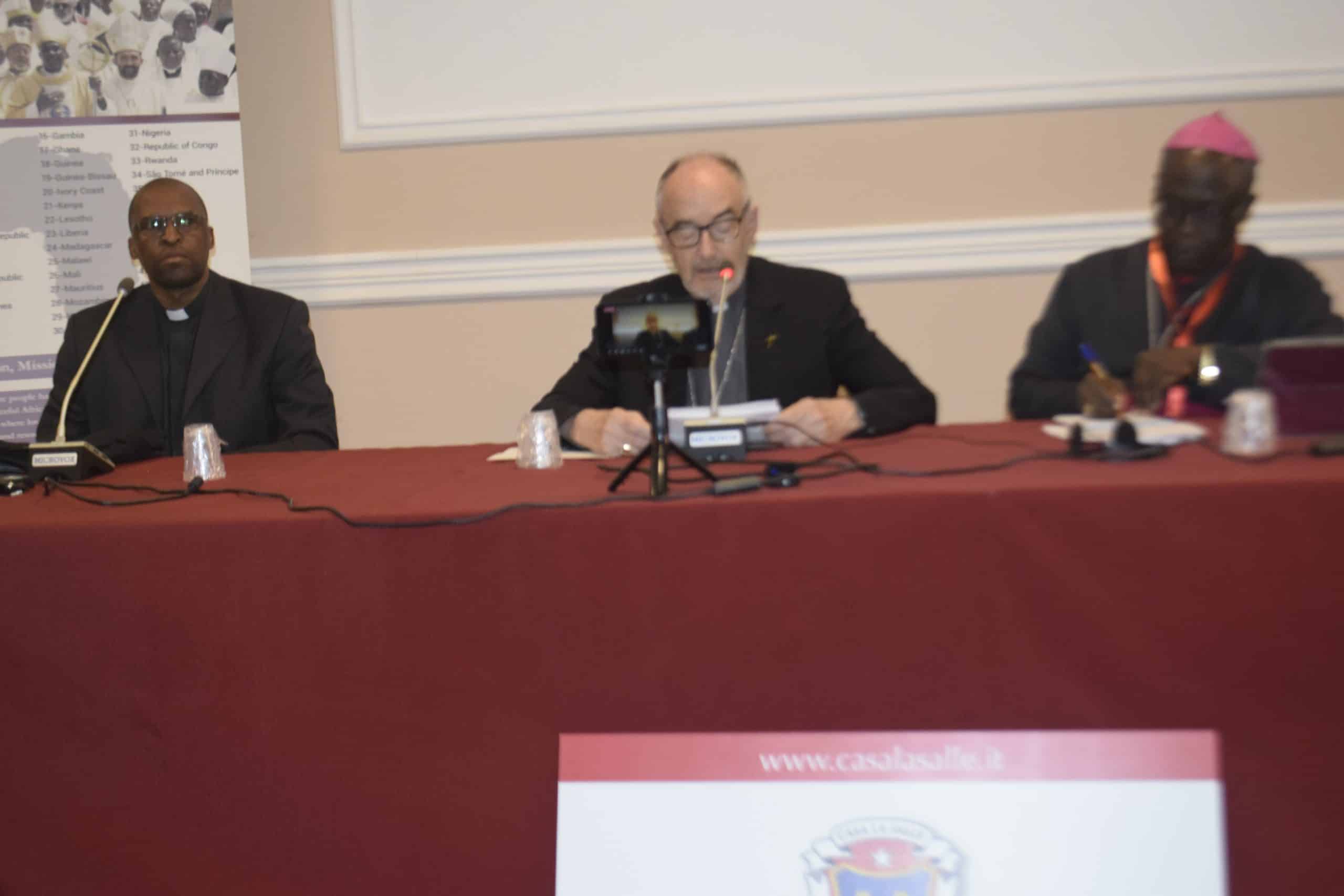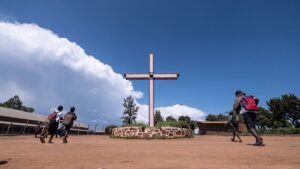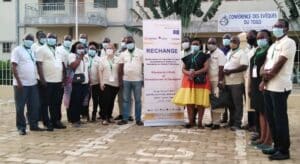Cardinal Michael Czerny’s speech at the 10th regional General Assembly of Caritas Africa in Rome
Today, I would like to address three topics in support of Caritas Africa:
1. Practicing listening.
2. Interpreting the signs of the times.
3. Appreciating Catholic social teaching.
1. How can Caritas Africa practice listening?
Let’s meditate, together, on the mission of Caritas in Africa and the contribution of Caritas Africa
to Caritas Internationalis. Caritas Africa needs to learn and practice listening. Let’s look at three
paths of listening. They are different from each other, and they need to go together. If one of these
three paths is missing, we run the risk of not grasping the mission and, indeed, the mystery of
Caritas in Africa.
Listening to reality
First, we are to listen to reality, to the African people. Pope Francis keeps insisting that “realities
are more important than ideas” (EG 231-233). Listening to reality is the only valid starting point of any project of social service, of any “witness of charity by the ecclesial community […] with a view to integral human development, social justice and peace” (Statutes). Laudato si’ calls you to listen to the cry of the poor and the earth in Africa, marked by a very flawed and unfair model of
development, and by inequalities exacerbated by the pandemic and by the many ongoing wars.
Listening is already part of Caritas’s heritage and style: “Listening centre – Centre d’écoute” is
what many Caritas outposts are called. Listening to local people is a strength to cherish and
embrace, along with using social analysis to probe the causes, and the social teaching of the Church
to reflect more deeply. That’s why Caritas reports are often so clear and useful.
Listening to the Word.
Second, listening to reality leads back to listening to the Word. This is what we learn from Fratelli
tutti: its first chapter invites us to see and listen to the sins and shadows of our world, that shatter
the dream of fraternity. The second chapter turns to the Word of God; it invites us to listen to a
great parable that shows us the Good Samaritan as an enlightening and inspiring icon. It highlights
“the basic decision we need to make to rebuild our wounded world. In the face of so much pain and suffering, our only course is to imitate the Good Samaritan” (FT 67).
Listening to the Christian community
Finally, the third path for Caritas, which is a “pastoral body” of the Church, is listening to the
Christian community. Today this requires getting more in tune with a Church that wants to be more and more synodal, capable of “walking together … in the acceptance of all differences, in the
appreciation of all ministries and in the recognition of all charisms.”2 The path of synodality looks
to all bishops – both individually at the diocesan level and collectively in their episcopal
conferences – to promote and protect a unity that must never be reduced to uniformity, but calls
everyone, each according to their gifts and calling, to walk together in listening and evangelization
and service.
If Caritas Africa feels that it is not listened to, the temptation is to shout, or to go it alone. But this
would be to abandon the ambitious title, “Caritas for Africa, Caritas Africa for Caritas
Internationalis.” To stay the course, it is absolutely necessary for everyone in Caritas Africa to
develop and practice an extraordinary, highly pronounced ability to listen. Listening, after all, is a
fundamental dimension of the style that Pope Francis wants the whole Church to adopt. Yet if it
feels little listened-to by others, the temptation of Caritas Africa is to say, “If they don’t do it for us, why should we do it for them?” But in fact, we can’t helpfully walk together with them, unless we learn and practice listening honestly and fully to one another.
Par Atsu SENAME




